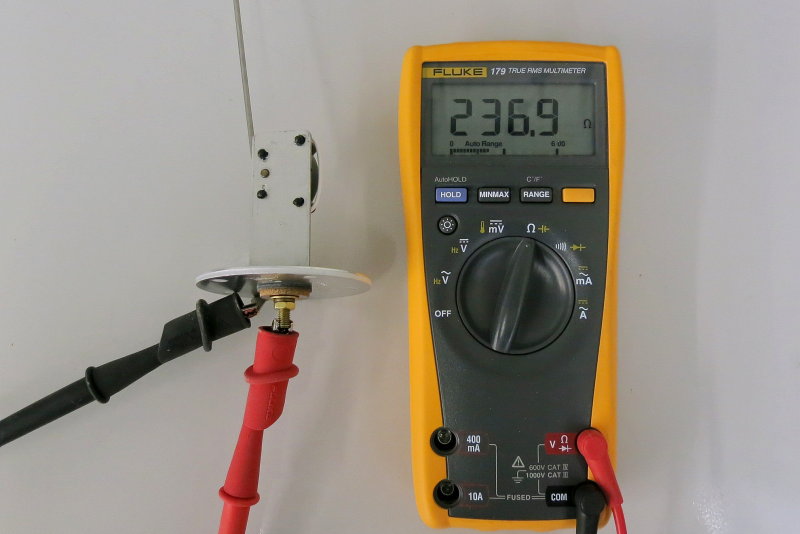So have the traditional sailboat fuel sender with a float. Two wires attach to sender that lead back to the gauge. When I turn the boat on the dial goes immediately to Full....... its not full. When I take the wires off the sender it basically does not change..... wife said it actually moved higher. when I go to back of gauge, there is 12v and all looks to be connected fine. When I unplug the gauge falls to Empty. What could be causing this......... a short inside the gauge?
Thanks
Greg
Thanks
Greg




